
יש דרכים רבות יותר כדי לקרוא חומר חדשות בימים אלה, הודות לאינטרנט. האינטרנט הופך את החדשות קלה להגיע, דורש לא יותר מאשר לחיצת עכבר או המגע של האצבע שלך. האינטרנט נותן לנו עוד הרבה מקומות כדי לקבל את החדשות שלנו, אם זה הגרסה המקוונת של העיתון האהוב שלנו, הבלוג האהוב שלנו, or one of many social media outlets. The Internet also allows us to focus in more depth on the news that really matters to us and simply ignore all the news that doesn’t. מאז 2008, more people have gotten their news from the Internet than from newspapers, and the latter continue to decline.
So what does this mean for the future of those printed newspapers that keep piling up on the kitchen table or being thrown out often unopened? And if the adults are reading less of the printed versions, what will the younger generations be doing in the not too distant future?
If you are creative and innovative enough, you can re-invent any business in decline, תקין? Even the struggling business of printed newspapers? The creators of America’s bestselling curriculum-based product, המוח Quest, are proving that when it comes to kids and even their parents — כן, אתה יכול.
Using the funds made in America from המוח Quest מכירות (the phenomenon celebrates its 20th anniversary this year with 36 million copies in print), Play Bac launched היומי שלי, the first daily newspaper for kids, ב 1995. Le Petit Quotidien ו L’Actu followed in 1998. The three dailies currently have about 150,000 subscribers and 2 million readers in France.
Editor-in-chief and co-founder of Play Bac, פרנסואה דופור, recently chatted with me about his follow-up to המוח Quest and why he believes there is a future for printed dailies for kids.
What do you believe is so unique about your proposition for kids?
We have no competition in France. Le Petit Quotidien (7 years and up), היומי שלי (10-14 שנים), ו L’Actu (14 and up) are the only daily papers available for kids aged 7 ל 17, 6 days a week. הרעיון שלנו הוא על מקבל ילדים לקרוא לפחות 10 דקות ביום. במונחים של הייחוד שלנו? How about 99 אחוזים מהקוראים שלנו לשמור את כל הנושאים. ומה דעתך על 1 אב מ 2 ו 2 אמהות מ 3 גם לקרוא העיתונים שלנו לילדים.
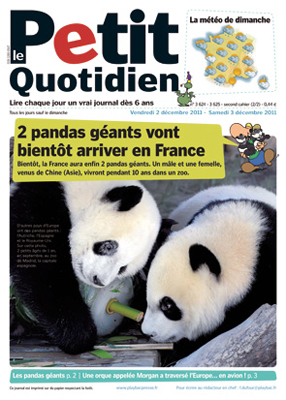
למה אתה חושב שילדים נהנים מהם כל כך הרבה?
ילדים אוהבים אותם כי התוכן הוא לא חדשות מבוגר הסבירו לילדים! זה חדשות תשע או 12 או 15 בת מעוניין ב. רק לעתים רחוקות אנחנו כוללים מאמר באותו היום שהוא מתפרסם בחדשות בוגרות. יוצא דופן היחיד היה היום בן לאדן נהרג. כמו כן, אני חושב שילדים כמו העובדה שהמסמכים שלנו הם קצרים (ארוך 07:56 דפים). הניירות שלנו הם גם מאוד חזותיים. לבסוף, העיתונאות בעיתונים שלנו היא רצינית. זה לא ילדותי.
Paper newspapers in this country are experiencing declines in their audiences. Can you give some examples of the kind of strong content you believe is attracting your audience?
אני עושה סקר חודשי של כל עיתון עם פנל של 200 קוראים. אנחנו כבר גילינו שהקוראים הצעירים אוהבים לקרוא סיפורים של בעלי חיים מדהימים בחדשות. שכבת הגיל הבאה של קוראים אוהבת להיות מופתעת מחדשות. דוגמא לכך היא ידיעה שמגלה שיאים החדשים, תגליות חדשות, או המצאות חדשות. הקוראים הוותיקים שלנו כמו חדשות על עוול, כמו סיפורים על עונש המוות או טעויות DNA. וכל הקוראים אוהבים “לספר לי עליי” סיפורים, כלומר סיפורים על חיי היום היום שלי בבית הספר או בבית שבו אני (the reader) can identify with someone in the news.
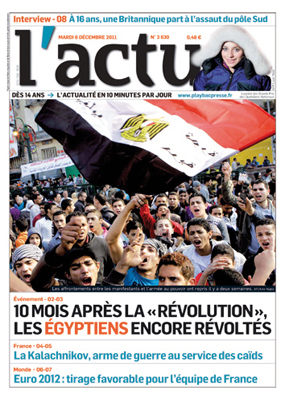
Are you intending to launch your newspapers for children on the Internet in the near future?
קודם כל, we will stay on paper because our audience really prefers to read on paper. Please note I said our audience prefers to “read” on paper not “communicate.” שנית, parents want their children to stay away from the Internet for at least 10 דקות ביום. Parents don’t ask kids to read our newspapers. Parents just subscribe to them. The paper then arrives with the postman every morning. Parents would not pay for another Internet activity!
How do you see the evolution of the newspaper market in France and Europe for printed children’s newspapers, online news, and downloads to eReaders over the next 3 ל 5 שנים?
I do believe the revenues will continue to grow on tablets and eReaders. Our newspapers have been downloadable for a year already. But right now we only have 150 readers per day per app.
אילו הזדמנויות אתה רודף בינלאומי ומה הם התוצאות שלך עד כה?
We have licensees in English in Hong Kong and we are now expanding in Asia. We are also published in Arabic in Qatar. We’ll be expanding soon to other parts of the Middle East. We also do a weekly “הטוב מ” בצרפתית בנייר השוויצרי יום ראשון, ובאנגלית בעיתון הודי.
מה קיימא תפקיד אתה מאמין עיתונים מודפסים יכולים לשחק בספקטרום של תקשורת מספקים מידע חדשות בעשרים השנים הבאות?
אני מאמין כמה אנשים מבוגרים ימשיכו לקרוא על נייר (יוקרה). ב 49 שנים-עשרה (לפני מזדקן!), ויתרתי נייר לאייפד. כאשר לכל אחד יש לוח, אני לא רואה שימוש לנייר. עם זאת, תפקיד קיימא הוא עדיין העורך. אנשים יכולים לבחור לבנות מקורות החדשות שלהם למשל בטוויטר. אבל שום דבר לא מחליף עורך טוב, ואני הייתי מוסיף, עורך ויזואלי טוב, יצירת החדשות לקורא, כך שהוא הופך את הקריאה מהנה ומעניינת.
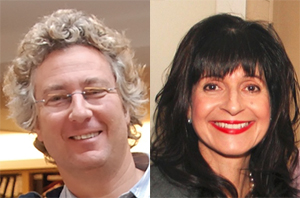
תמונות באדיבות Bac Play.
איך וויל אנחנו קראו? דף הקהילה
למידע נוסף כיצד האם אנו קוראים? מאמרים: לחץ כאן
C. M. רובין הוא המחבר של הסדרה באינטרנט לקרוא בהרחבה, “גלובל החיפוש לחינוך,” והוא גם חברם של שלושה ספרים רבי מכר, כולל “אליס בארץ הפלאות Real.”


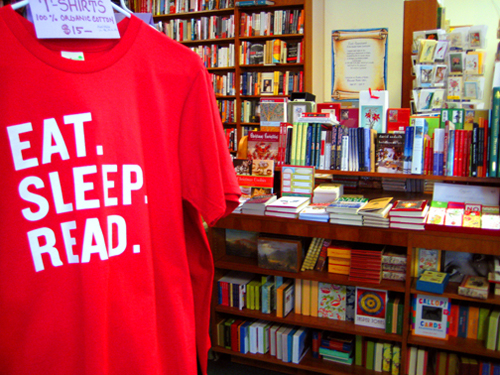

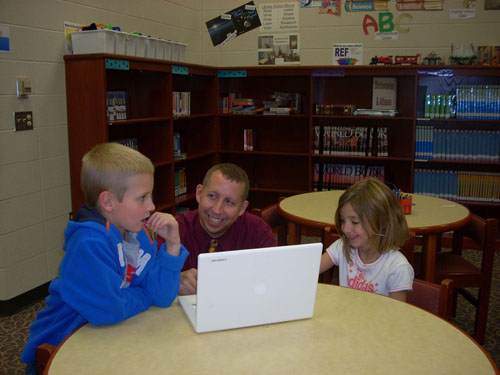
תגובות אחרונות